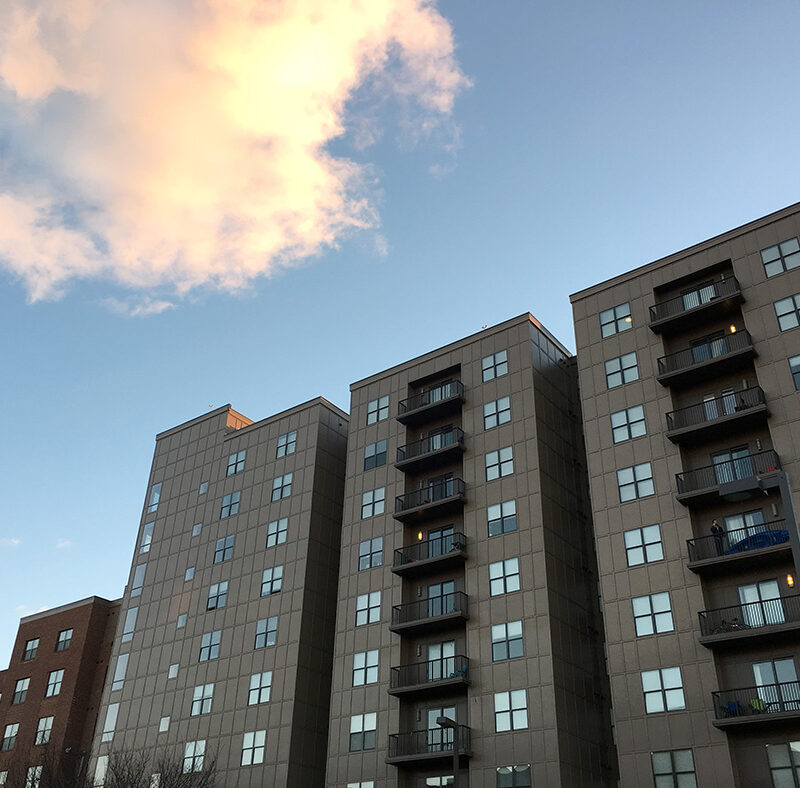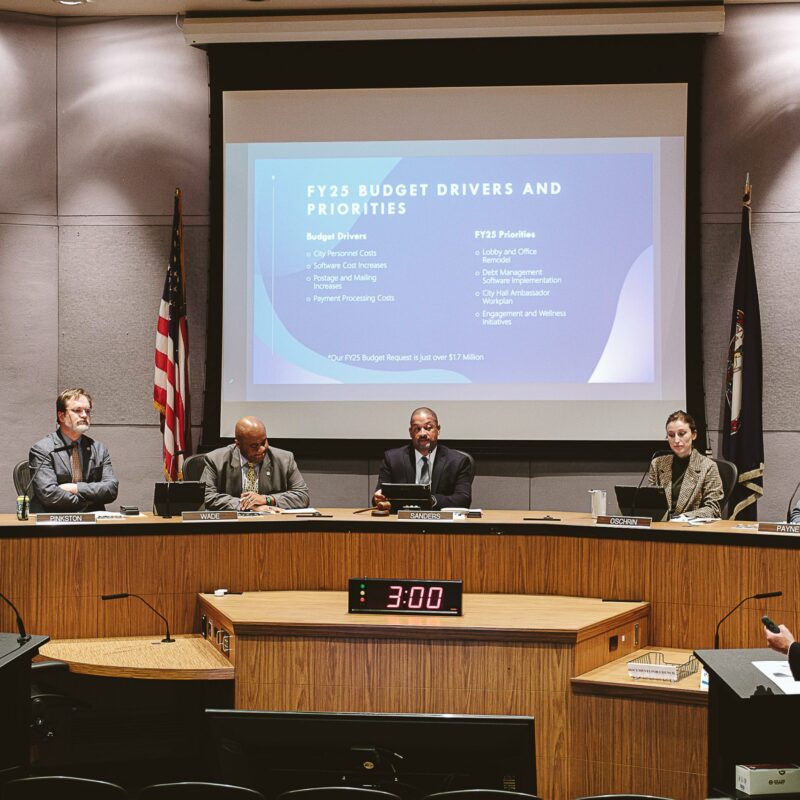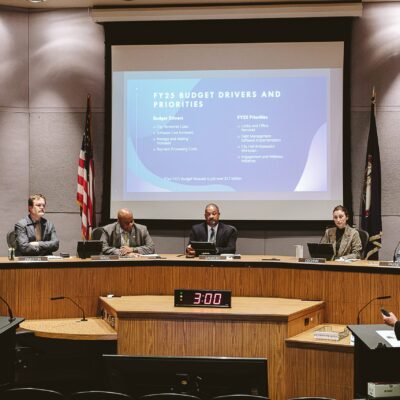Cal Tate, the general manager of Charlottesville Public Access Television, was once shown a room full of discarded satellite dishes by a Comcast technician. Comcast, the largest cable operator in the nation, had just acquired Adelphia Cable Communications, and when satellite subscribers made the switch to cable, they would often ask Comcast technicians to get rid of their old equipment. For Tate, this memory is a point of vocational pride: The more cable subscribers there are in the City, the healthier his CPA-TV budget.
In recent years, however, CPA-TV funds have been on the decline. From 2006 to 2009, the Charlottesville Budget Office projected $50,000 in funding for capital improvements at CPA-TV, which comes from a 35 cent monthly fee charged to each city cable subscriber. Since 2010, the projected amount has dropped to $45,000, suggesting a drop in city cable subscriptions that correlates with national trends.
|
“You can’t simply rely on channels to get information out,” said City Manager Maurice Jones. |
The level of community involvement at CPA-TV has also stagnated in recent years. “Interest has gradually gone down for the most part,” said Tate. “We would schedule our monthly certification courses and no one would show up. So it seemed better to start offering them only four times a year. ”
The drop in involvement has been most pronounced with youth volunteers, says Tate. “The main problem is getting here, because there’s no bus service out here.” Many young volunteers also gravitate toward film workshops at Light House Studio.
But despite the drop in new volunteers, CPA-TV’s weekly programming schedule has fewer off-hours or blocks of public service announcements than ever. “There’s a lot more original programming on Channel 13 now than there was 12 years ago,” said Maurice Jones, city manager and former director of communications. “They’ve made a lot of improvements in the last decade or so.”
Tate identified 2000 as a seminal year for CPA-TV, when the station got rid of many of the barriers to producing original content. CPA-TV broadcasted its first annual open house live in 2001, which the station’s website claims “marked the beginning of a new era at CPA-TV.”
“I think we’re at what the population can bear,” said Tate. “We’ve pretty much met most people who are going to be interested.”
Between 2009 and 2010, CPA-TV made the switch from film to digital, and Channel 13’s public access programs are available for streaming on the channel’s website. CPA-TV also has a vimeo.com account, the archival postings of which include segments of “Teens with Talent,” “A Day A Minute” and “Artistic Expressions,” all volunteer-produced shows.
“All forms of television, whether it’s local news or national networks, have had to find ways to adjust to changes in how the public gets its information,” said Jones. “I think public access is going through the same type of transformation as well. You can’t simply rely on channels to get information out. You’ve got to put it online, but for us it’s a slower process because there are costs to consider.”






